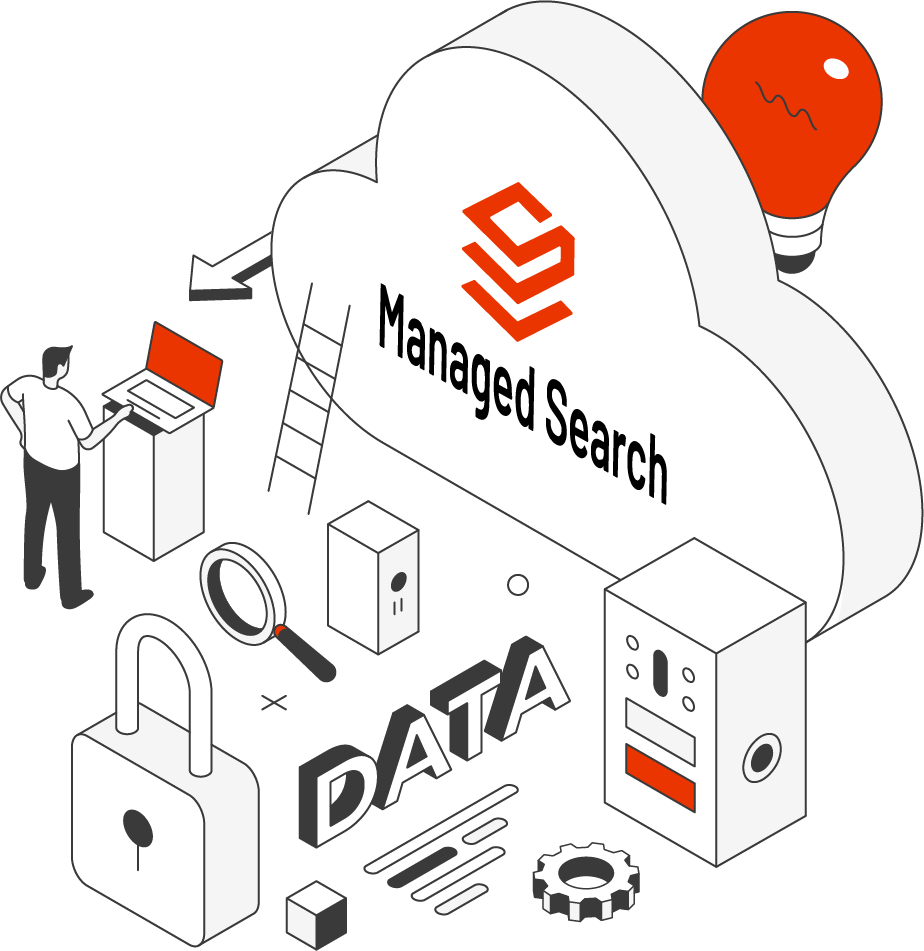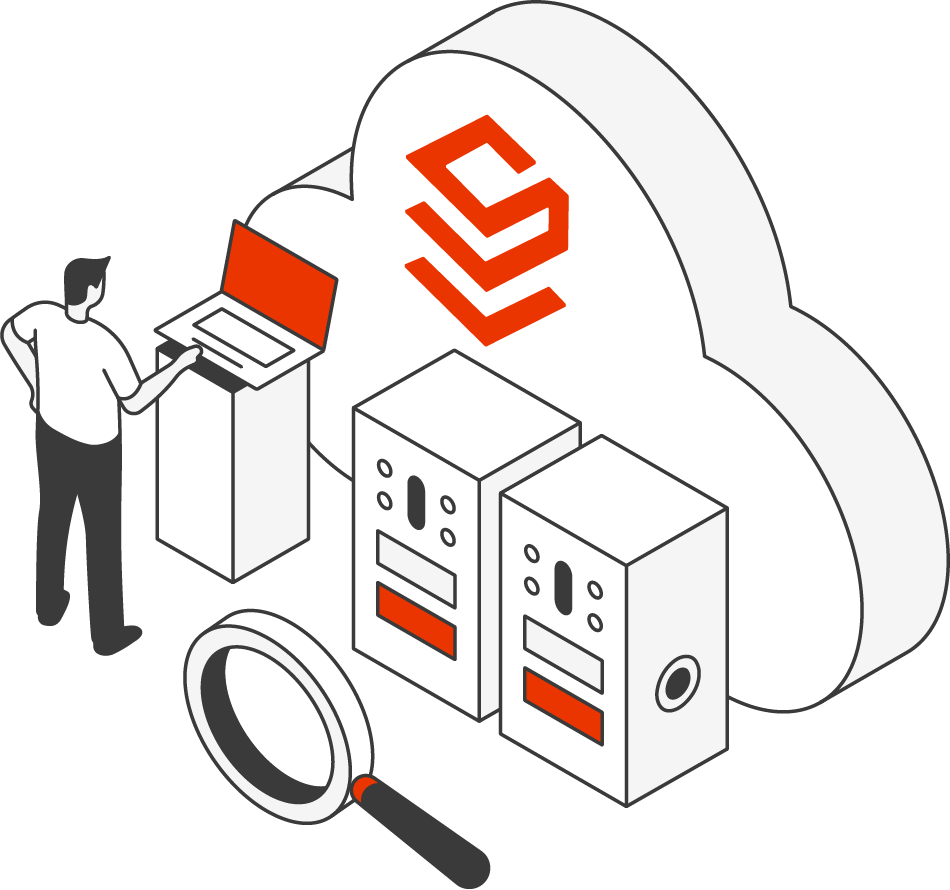Key Issues with Solr Disaster Recovery
SearchStax Sr. Solutions Engineer Andy Kazmaier discusses the Key Issues with Solr Disaster Recovery and how SearchStax can help.
SeachStax Disaster Recovery Video Transcription
SearchStax:
Why is Disaster Recovery so hard when it comes to Solr?
Andy:
Disaster recovery in a broad sense typically means having systems in place to perform automatic failover to a secondary cluster, and having those secondary systems synced with the very latest index data, and all the infrastructure required to handle that – there’s DNS changes and load balancers involved, for example. When you fail over to a backup, you don’t want your users searching data that is days or weeks old. You want that secondary system to have fresh data.Solr has seen widespread adoption throughout a variety of vertical markets, but the technical experts for Solr are not in great abundance. So when you combine the technical requirements of a highly-available, up to date secondary cluster or node, with a lack of widespread expertise, Solr Disaster Recovery is a challenging problem to solve.
SearchStax:
How does SearchStax help?
Andy:
SearchStax leadership, cloud engineering, and development teams have decades of Solr experience running fault-tolerant highly available Solr infrastructure. So you can trust that we have developed best practices which allow you to focus on your business and delivering a superior search experience for your users, increasing engagement and maybe sales, depending on what your use case might be. We have lots of security and disaster recovery options to fit your budget requirements and your SLAs. Our managed platform really gives you the peace of mind you expect so you can focus your efforts where it matters most.
Visit us at www.searchstax.com/managed-solr/ to learn more, talk to an expert, start a free trial or check out our online documentation.



